Isolation Valve
What Is An Isolation Valve?
An isolation valve is a fitting within the plumbing pipework. They are also referred to as service valves. As the name suggests it can either allow water to flow or stop water from flowing. Exactly why would you need to turn off your isolation or service valve?
Reasons For Turning Off
Two of the main reasons, when you will need to turn off your water supply via an isolation valve, can be either when as a tenant or a homeowner you may need to locate one immediately due to a leak in their property or you are having a tap changed or other plumbing work being done in your property and you need to locate your isolation valve fast.
For some of us not so DIYers, we have no idea what it looks like, much less how to turn one-off. In the United Kingdom, it is a legal requirement for water distribution pipework (AKA plumbing pipework) to have an adequate number of service valves/ isolation valves within your property. Please click here for further guidance:
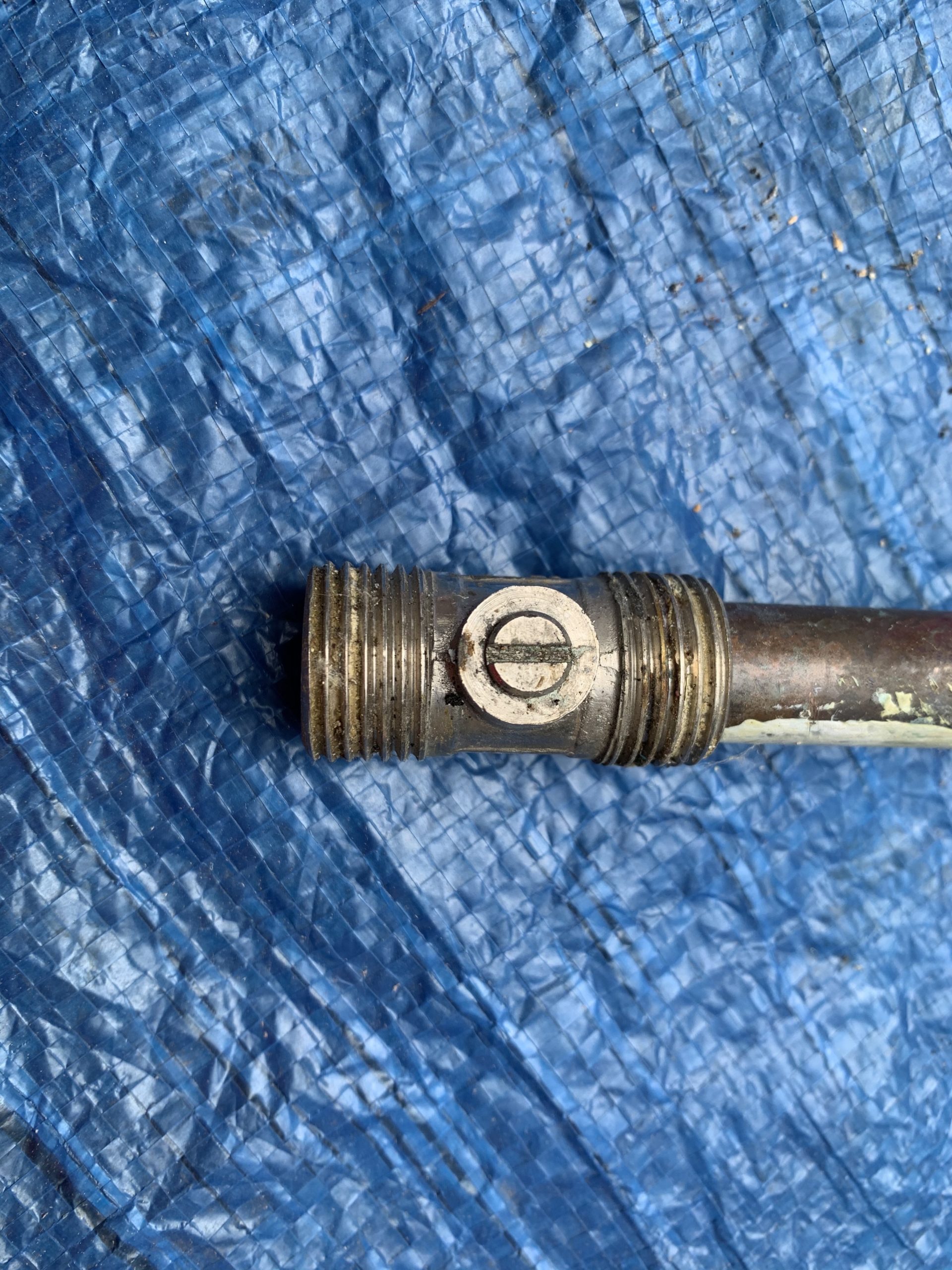
Where To Locate Valve
First things first, locating your isolation valve. These are normally in places you would never think of looking i.e. in airing cupboards, under your stairs, even under the floorboards, just to name a few places.
Do not get confused between a stopcock and an isolation or service valve. If you have found the mains water shut off valve located outside your property or at the entrance right in front of your gate. Then you are looking at the wrong plumbing part, as this is a stopcock and not an isolation or service valve.
As the name states, an isolation valve or service valve should if plumbed correctly be located for example under your handbasin or kitchen sink. Even your toilet or boiler will have a few isolation valves. This is one plumbing item in your home that you need to know its location just like the back of your hand. This can save you hundreds of pounds by not having to call an emergency plumber at 3 AM.
Different Types of Isolation Valve
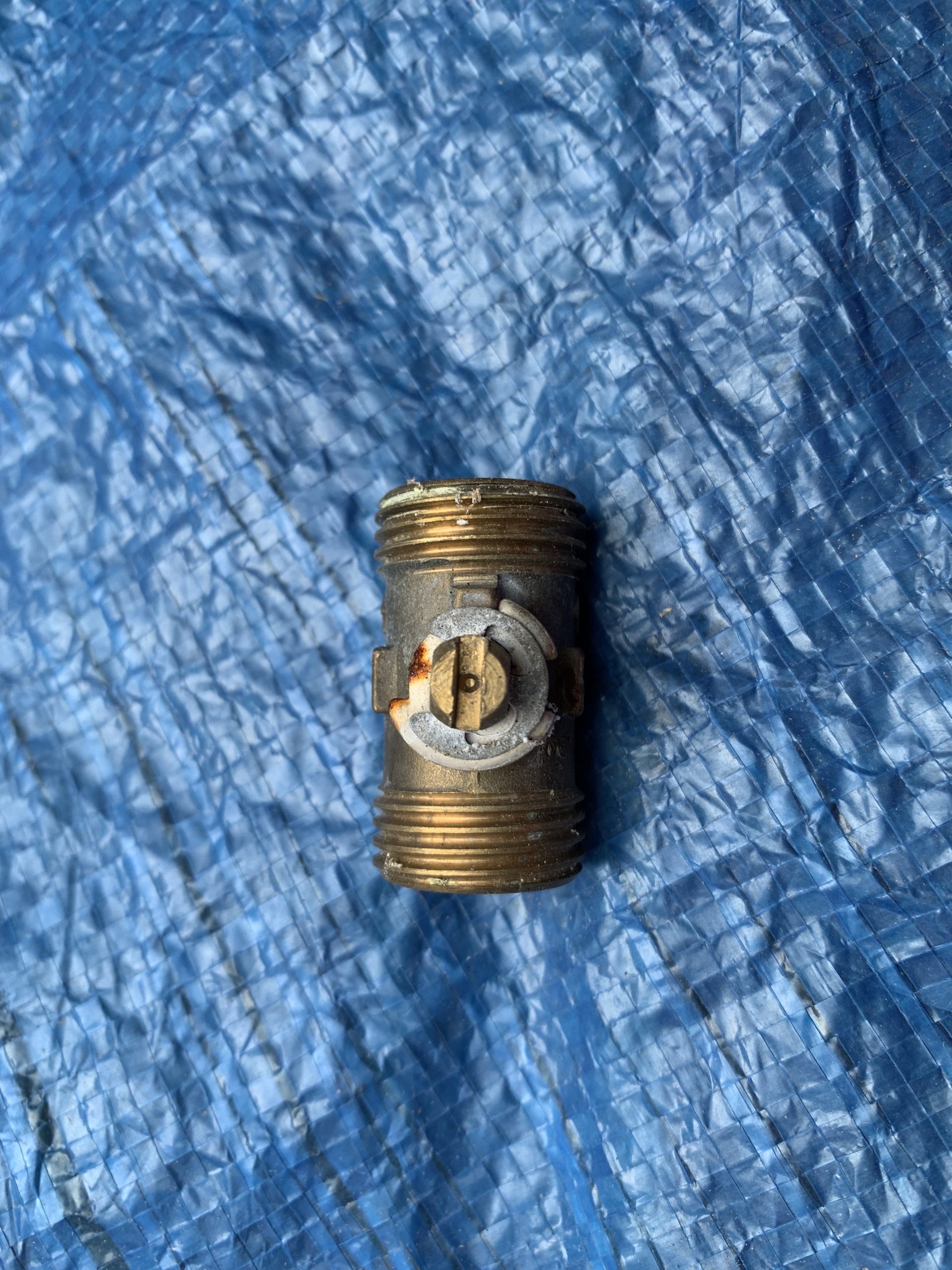

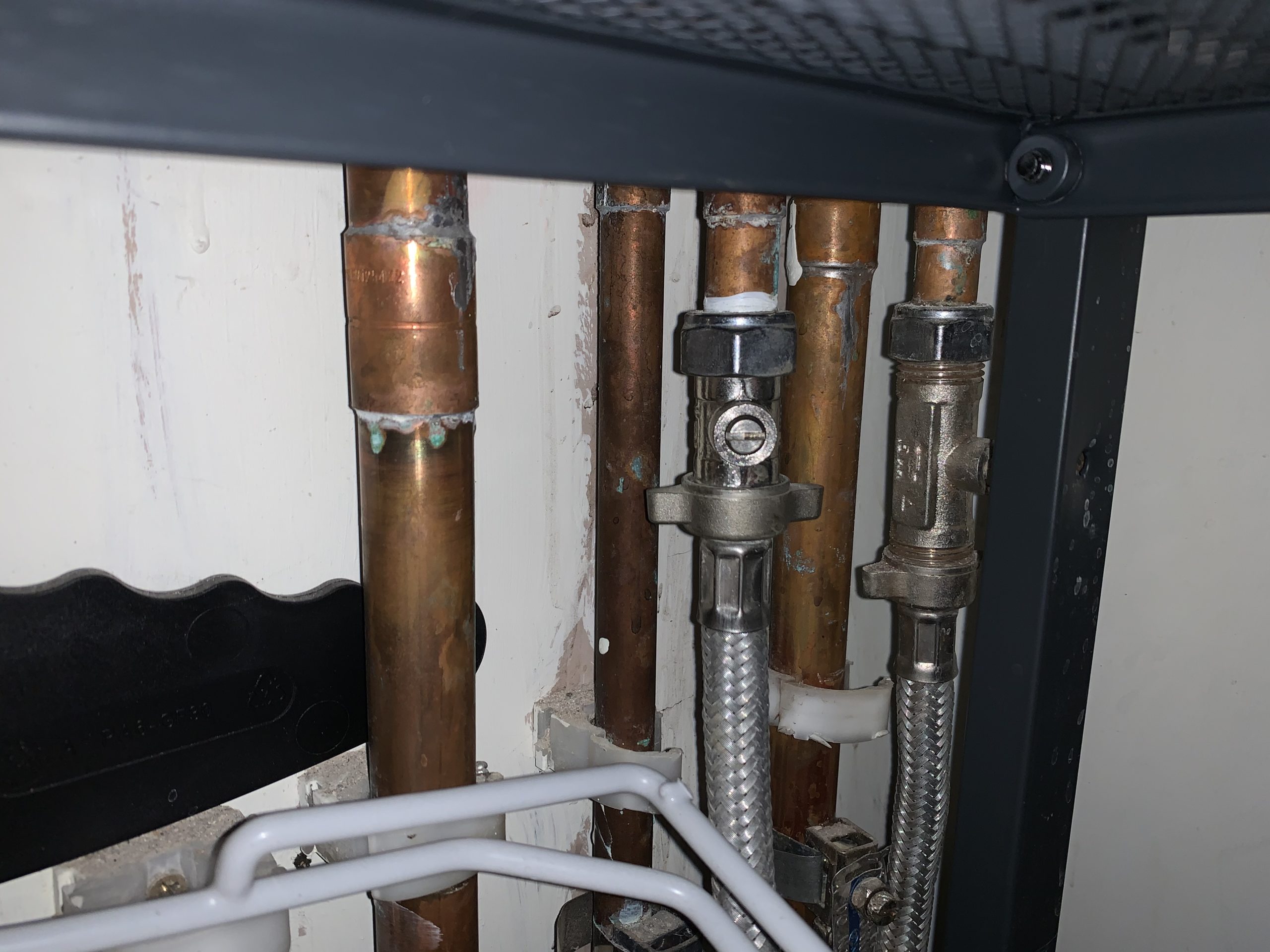
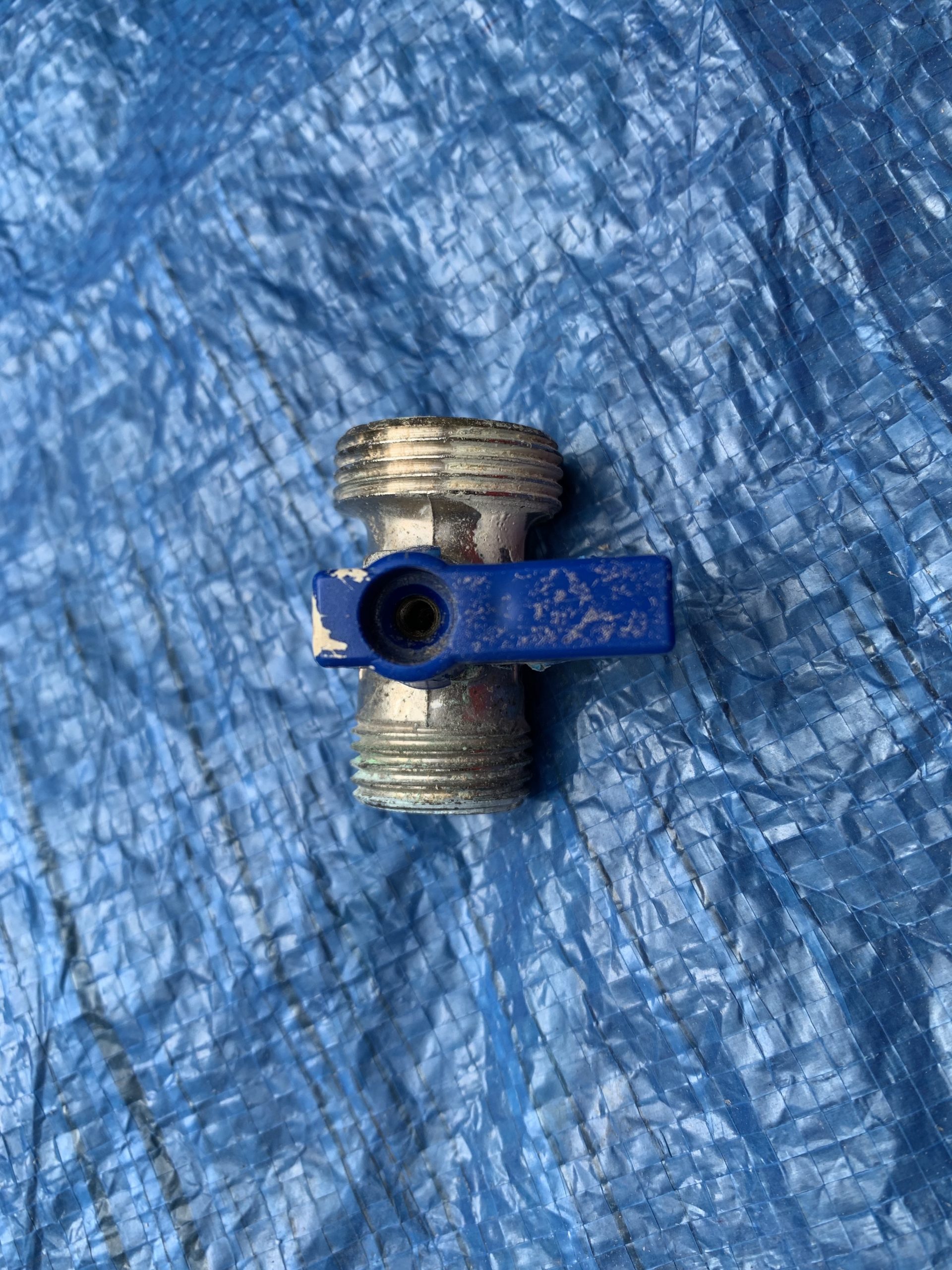
Turning Off The Isolation Valve
Now that you have located your isolation valve, the next question is, exactly how do you turn it off. In order to turn this off, you at times need to exercise a bit of patience. This is primarily because if you have never before had the need to turn it off, then it may be a bit stiff. The use of WD40 will come in handy at this point (for a photo of what the can looks like, please see below). If the flathead at the top of the isolation valve is stiff, spray some of the WD40 on it, wait about a minute then try again. Be careful not to force the flat head because you may cause this to be rounded off then you may have to change the entire isolation valve. Although there are some with a handle that you just turn in the off position to turn the water off, the one we will be concentrating on is the one with the flathead. Just when you thought it would be that easy.

Don’t Panic
The first thing to do is don’t panic. It is not that difficult to turn off your isolation valve. Turning your isolation valve off for the first time is new, however, you will be a pro in no time. Read the required steps below.
After you have managed to turn off your isolation valve yourself, you will be like, that’s it! Yep that’s it. Wasn’t that difficult was it.
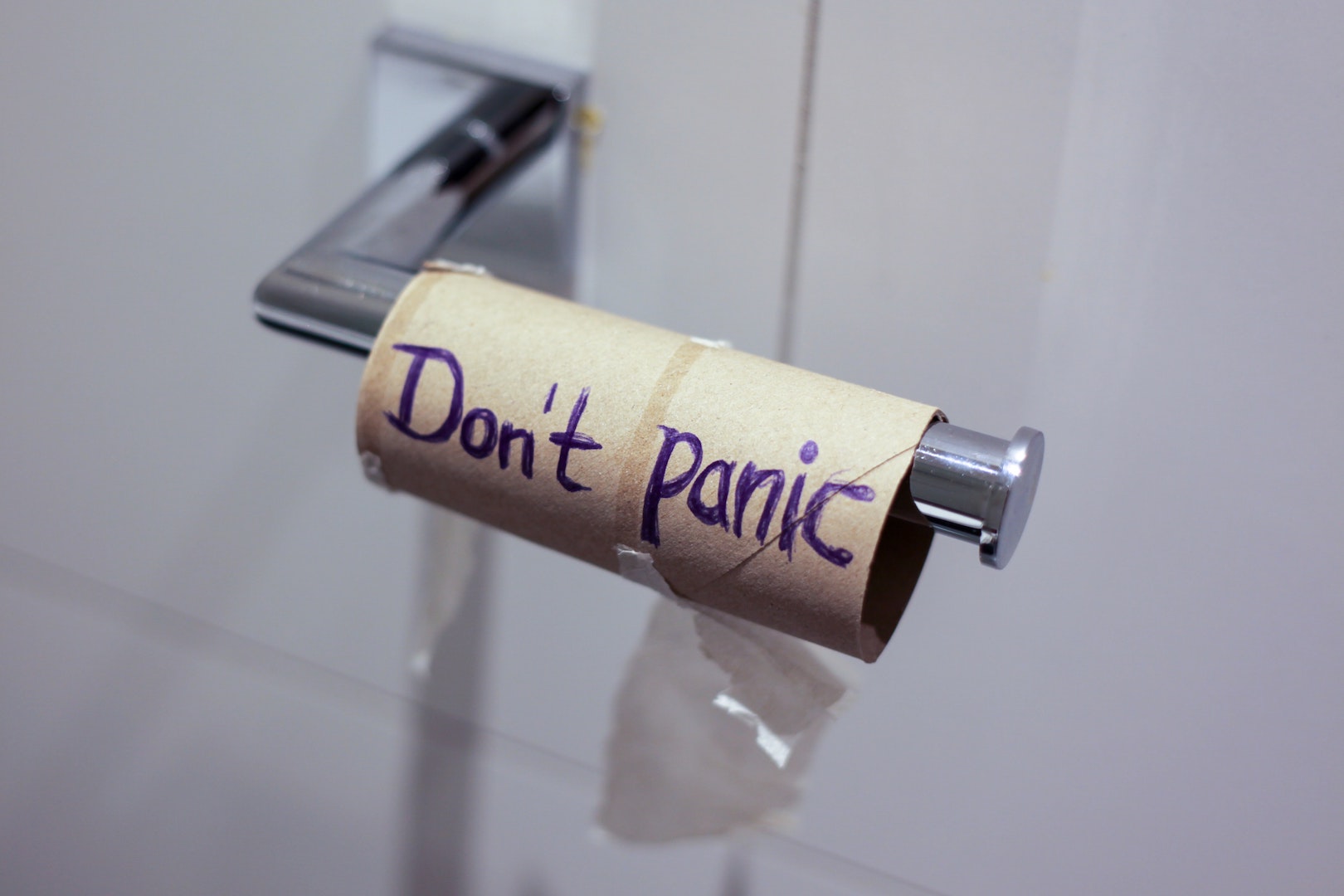
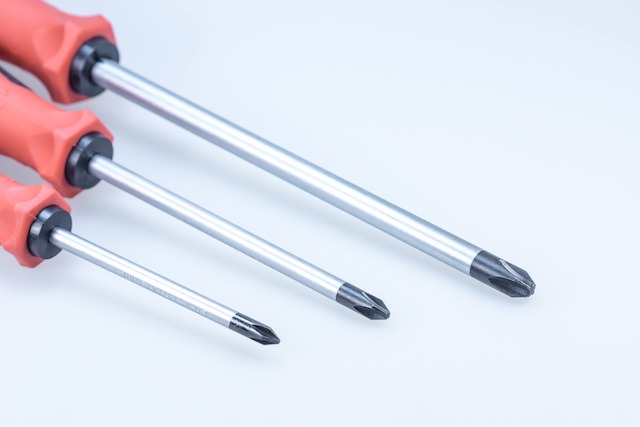
Tool Required and Steps To Take
First things first, you are going to need a screwdriver, a decent flat headed screwdriver.
Secondly, place this screwdriver in the flathead section of the plumbing fitting, which is always located at the top of the isolation valve in the middle of the fitting. Now you have located it, just how you will know that it is on or off? If the flathead on the isolation valve is following the pipework, then your water is on. To turn this off, all you would need to do is to turn it ever so slightly a quarter turn 90 degrees either to the left or to the right. When the flathead is no longer straight and is in the opposite direction then ta da, you have managed to turn off your isolation valve. Remember as stated above, if slightly stiff, spray the trusted WD40. If you want to double check then open up a tap to ensure the water stops flowing.
Routine Care
You may be thinking to yourself, routine care? What is this? Don’t stress yourself too much as it is not as bad as it sounds. The flathead at the top of the isolation valve can sometimes become stiff especially if not used in a while. The use of the trusted WD40 or other brands comes in handy. Every so often we would recommend that you spray some WD40 and turn it on and off just to loosen up the flathead a little. Primarily because overtime, the head becomes a bit brittle and it may become more difficult to turn it off when needed urgently.
At times, there is a leak in your property from either a burst pipe or a leaking tap, then if you follow the above instructions then you have managed to stop this leak.
Sometimes turning off an isolation or service valve can result in a little drip from the valve body. This is usally because the little oring buried in the valve body is worn or split. Most of the time turning the valve back on will stop this little drip. Unfortunately if it does not then a new valve we be needed.
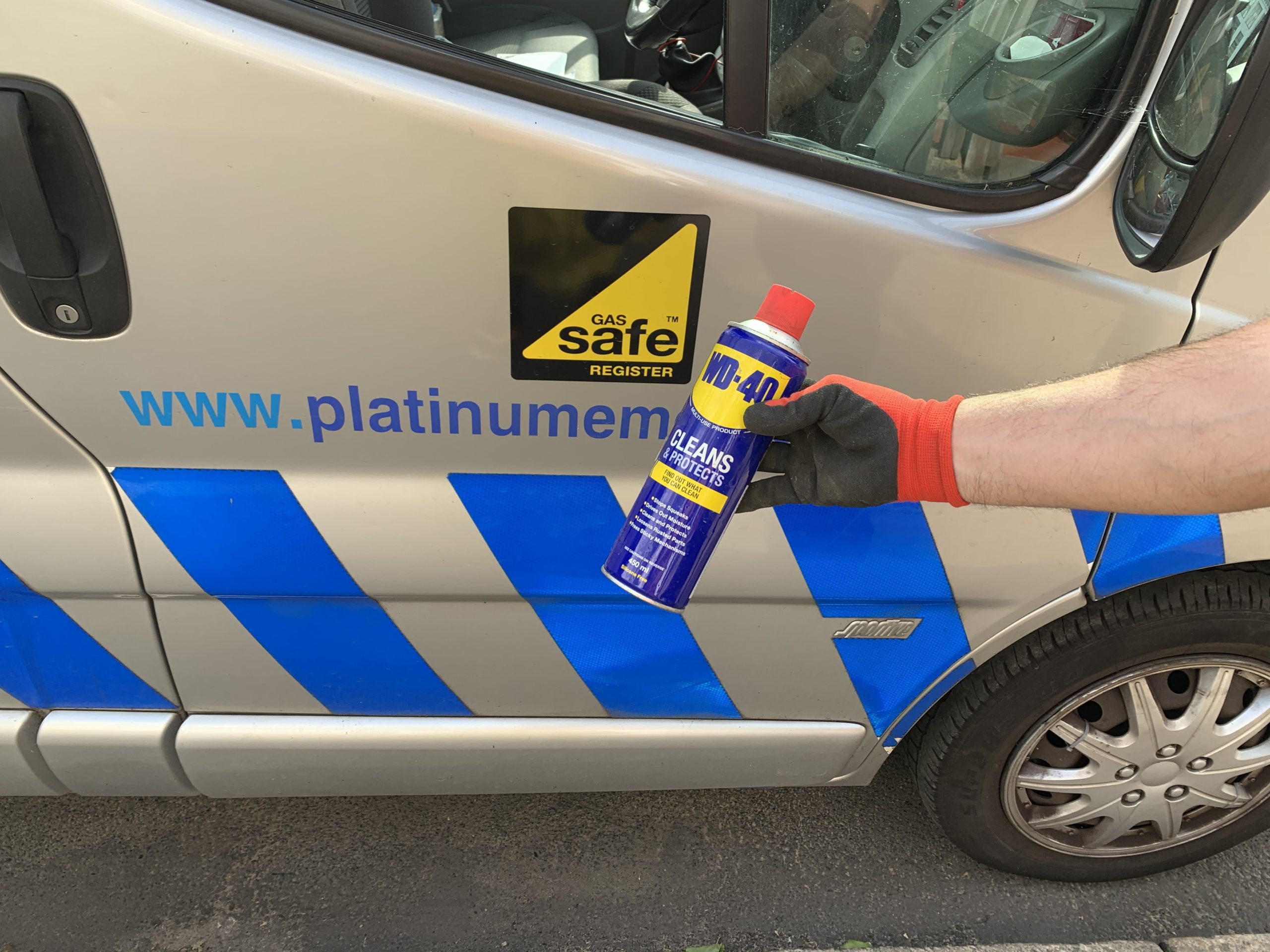
Do You Need Further Help?
Living in North or East London area and you think this is too much work for you and you would rather contact the professionals, then you can contact us for further assistance. We are available 24hrs/365 days.

Thank you so much I thought my isolator valves were until I ready your article and learned I know needed to turn 90 degrees.
Thank you!
Thank you Lee, for your time and making the time to leave a comment. We are really happy our blog helped you out.
Recently had leak from valve,local plumber replaced washer tidied up another connection with one tape,now toilet isolation nit causing water to drop down kitchen wall,Thanks for your advice,perhaos gefore going away in holiday might turn isolation off
Can I use the isolation valve to reduce the flow of water i.e. half turned or should it always be fully on ?
Hi Clive, great question.
Yes, you can turn an isolation valve to restrict water flow. You will slightly increase the pressure by limiting the flow, so depending on what the plumbing is going to maybe a consideration.
Best James
Hi James, Is it ok to keep the isolation valve off to the toilet? I have a leaky toilet and can not get it fixed for a month or so and was thinking of isolating it for a long time! Thank You, Andrew.
Hey Andrew thanks for stopping bye, No problems at all keeping an isolation valve closed for long periods of time. Just make sure you open and close it every now and then for extended periods of time it remains closed if it is more than a couple of months Secondly, just make sure when it is closed there are no small leaks. Wrapping some tissue round the pipe underneath the isolation valve for a couple of days is perfect. All the best James.
Hi there, I can’t find a stop cock anywhere in my property and only seem to find an isolation valve under the sink. Is it common not to have a stopcock and just an isolation valve?
Hi Dan, thanks for your comment. It is rare not to have a stopcock either inside your property or on the outside. I am assuming you are in the United Kingdom. If so, then there is a couple of things you can do in this scenario. Firstly check your water bill. If your bill is metered then you will have one stopcock at least on the outside of the property (normally at the front of the property slightly on the boundary of your property. Secondly ask one of your neighbours where their stopcock are located within the property (internally and externally). Highly likely if the properties are built by the same builders the stopcocks will be in a similar locations. Finally if all else fails contact your water supplier. Sometimes they have very detailed plans of stopcock locations. Good luck with the hunt best James.
My ioslater value is not turning right of
Thanks Rosemary for the comment. If it needs to be replaced that is a job for a plumber.
Thank you for this article, it was really helpful.
We have discovered we have no way to turn our water off to our property, other than turning it off at a grate located outside the property which in turn turns it off for all 6 terraced properties. We’ve searched all over the house and have no isolation valve/stop cock whatever it’s called that turns it off for our house alone. Is this something we can ask the water company to install or would we need to pay ourselves for it?
Thanks Helen, great question.
If you are in the Uk, which sounds as if you maybe. There is no requirement for the water supplier to install individual stopcocks for properties. You can try and request one but they could decline or request you have a water meter installed on each property. If you are ok with having a water meter that may be one way. Alternatively, if you can turn the water off outside you may pay a local plumber to install a cold water supply stopcock in your property. Hope that helps. All the best James
Hi, I have a dripping tap and can’t get the tap head off. I’ve taken the screw out but it won’t lift off. Is it ok to leave the tap off by the isolation valve and if so how long can I leave it off for ?. I’m on benefits and don’t have the money to get someone out right now. I managed to change the kitchen tap’s cartridge and was hoping to do the bathroom one myself.
Thank you Sharon for your message. Leaving the tap off via the isolation valve will not be a problem. If you are going to leave it off for a while say 3 – 6 months or longer then it would be a good idea to open and close the isolation valve once in a while just to ensure it does not seize up. Thanks for stopping by.
Hi. Sorry to ask another question, I hope it is ok. I was trying to stop all the water when trying to change the cartridge on my taps but the stopcock under the sink only turned off the cold water. I spoke to the water company and they said they don’t supply hot water as I have a tank in the airing cupboard and loft. He said to turn the red gate valve off in the siring cupboard but wasn’t sure which one it was. I have two, one from the loft to bottom off the boiler and another from the loft going down in to the floor. Thankfully it was only my cold taps that need changing, but wanted to know which one turns off the hot water to the taps in the kitchen and bathroom, just in case I ever need to change their cartridges. Thank you
No problems Sharon. This question we would need to have someone look over the system pipework layout to be sure. In short one of the red gate valves should turn the hot water off. As a general idea if you find the pipe going into the bottom of your hot water storage cylinder and follow it up it will usually be the gate valve on that pipework. That pipe feeds cold water down from the cold water storage tank in your loft, thus turning that gate valve off shall stop hot water coming out of the hot water storage cylinder as you have stopped the cold feed in. A word of warning with gate valves is that they can sometimes snap either in the open of closed position. We do not normally trouble them if it can be avoided. Hope this helps best James